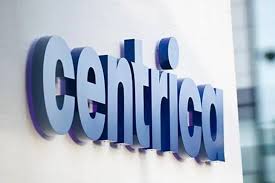Temple Bar Investment Trust Pl (TMPL.L) is currently making waves in the investment community, driven by a remarkable surge in its share price. With a market capitalisation of $88.23 billion, this trust stands as a formidable presence in the investment landscape. The trust’s current share price of 310 GBP marks a staggering 99% increase from its previous levels, suggesting significant investor interest and market activity.
The stock’s 52-week range of 3.10 to 313.00 underscores the volatility and potential for high returns that have characterised Temple Bar’s recent performance. However, this dramatic change also raises questions about the underlying factors driving such a shift, considering the absence of typical valuation metrics like P/E ratios, PEG ratios, and price-to-book values, which are crucial for traditional financial analysis.
On the technical front, Temple Bar’s 50-day moving average stands at 247.51, while its 200-day moving average is 267.24. These indicators show that the current price sits well above these averages, indicating a potential bullish trend. However, the RSI (Relative Strength Index) at 36.54 suggests that the stock is nearing oversold territory, which could imply a forthcoming price correction. Meanwhile, the MACD (Moving Average Convergence Divergence) of -81.32 against a signal line of -56.58 points to bearish momentum, an aspect that investors should monitor closely.
Despite the impressive price performance, Temple Bar Investment Trust’s lack of available performance metrics such as revenue growth, net income, and return on equity leaves much to be desired for investors seeking a comprehensive understanding of its financial health. The absence of dividend yield and payout ratio data further complicates the assessment of its attractiveness as a dividend-paying entity.
The fact that there are no buy, hold, or sell ratings from analysts and no target price range suggests limited coverage, which might be due to the trust’s unique market positioning or a broader strategy that doesn’t align with traditional evaluation methods. This lack of guidance could either present an opportunity for savvy investors to capitalise on the information gap or a risk for those who prefer well-documented analyst insights.
For investors, the current scenario presents a dual-edged sword—the possibility of high returns given the recent price surge, countered by the risks inherent in the limited availability of detailed financial and valuation metrics. As such, those considering Temple Bar Investment Trust Pl should conduct thorough due diligence, perhaps focusing on qualitative factors and broader market trends that could influence its long-term viability.
In the ever-evolving landscape of investment trusts, Temple Bar’s recent performance underscores the importance of a balanced approach to investing, where both technical indicators and qualitative insights play pivotal roles in decision-making. Investors keen on exploring this trust must maintain a vigilant watch on market movements and strategic updates, leveraging any available data to guide their investment thesis.





































